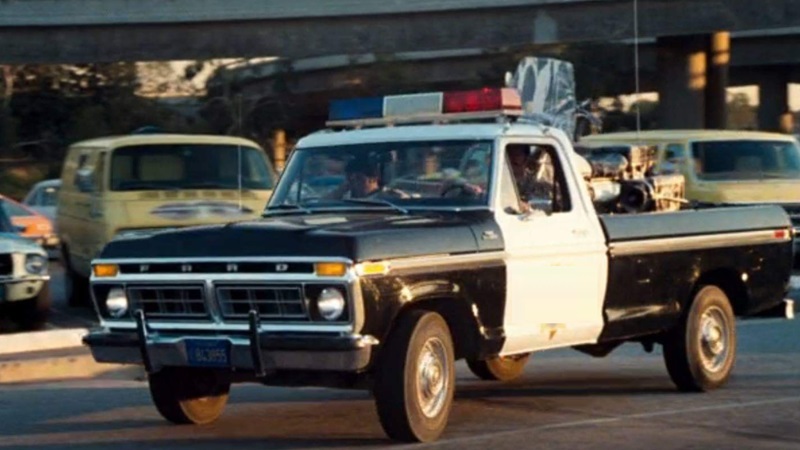
Tom, one of my favorite colleagues from my rookie days tells a story that I can believe is true, whether it is or not. In simpler times the state in which I began my law enforcement career had no state-mandated standards for hire or training. That meant no recruiting crisis in small communities needing some kind of law enforcement and Tom was a beneficiary of a quick hire with one challenge – he had to provide all of his own equipment. For Tom, that meant using his old pickup truck for patrol, and a flashlight he held up against a red Frisbee on his dash for emergency light.
There’s more to that story, but the point is that sometimes a community has to make do with what they have to provide security. When the dollars simply aren’t there, can a small town or village cobble something together that provides at least something of what a fully staffed police agency could? Body camera mandates, evidence storage, training and policy needs, and civil liability all conspire to put small agencies out of business. Whatever it takes to cobble together a department that can meet the community’s needs and generate confidence requires creativity.
Many small communities have opted for contracting for police services with their county law enforcement or an adjoining jurisdiction. Obtaining economies of scale and a predictable cost are advantages, but contracted agencies don’t always meet all the needs and expectations of a town’s own agency.
The basic desire of most communities is to have a competent response to emergencies and a visible presence of law and order in the community. Emergency responses that require a fully trained and equipped peace officer are only a small part of what most police patrol officers do. While staffing with a minimum of two officers per shift (unthinkable to officers in agencies where there are always backup officers available) available 24/7 is ideal, this requires a minimum of nine officers, not counting downtime for training, days off, injuries, and court time.
Many citizen expectations for service can be met by non-certified personnel who may be paid or volunteer. Many larger agencies are already paring down what they send an officer to, using civilians for crowd management, traffic assistance, and report taking. Calls that involve a crime that is not in progress and involved no injury can be handled by these civilians, or through a telephone report or online reporting system. A certified officer or civilian can make a follow-up contact to ensure that the citizen knows that their concern has been addressed.
Civilians can be a visible presence for patrol and exterior building checks with a mission to observe and report. Training in avoiding confrontations and resisting the urge to take action that should be left to officers is essential. Taking time to teach interview and de-escalation skills, observation and reporting, and expertise in any skill they might routinely use such as setting up traffic patterns and directing traffic must be documented.
Volunteers and part-time non-sworn persons working for a community must undergo a thorough background check and possess many of the qualities we would expect from a police academy graduate. The ability to maintain confidentiality, exercise patience and self-control, and avoid the temptation to take advantage of their position are all vital to maintaining credibility.
Even investigations don’t necessarily require a certified officer. Much investigation is done over the telephone or shuffling through documents. Experience is desirable, so if a retired officer can be recruited to volunteer or work part-time the results would be preferable to having no one available.
In terms of equipment, there are many sources of used patrol vehicles, some with equipment included, that can reduce the costs of acquisition of patrol cars. In jurisdictions that are small in footprint, ATVs could suffice for much of the patrol and response with the ability to carry the necessary equipment. Networking with the nearest wealthy community with a police agency can yield serviceable surplus equipment. Charitable and service organizations often can assist with funding for necessities, with government grants available for a variety of needs.
Cooperation with other law enforcement agencies is especially important when major crimes and unusually high activity occur in a community that is cobbling together a public safety plan. Knowing if other agencies can be counted on requires keeping close contact. Will the state wildlife officers, state patrol, county deputies, parks officers, and federal officers be willing to assist and know with whom to coordinate? Would any of those officers be allowed to work on an hourly basis for the community or serve as a reserve officer?
Cobblestone roadways may be a thing of the past but they are still functional. Cobbling together an organization made of a creative mixture of volunteer, part-time, and civilian workers and simple technology can serve a critical function for a community in need. And if all you have is a flashlight and a red Frisbee, I have an old plug-in teardrop light I could probably loan you.